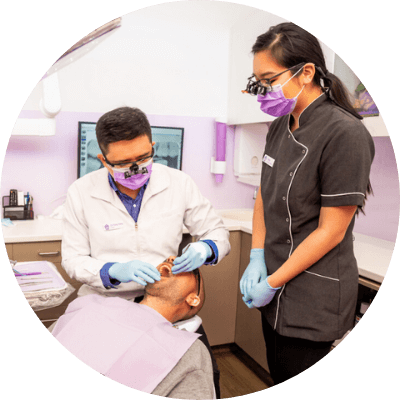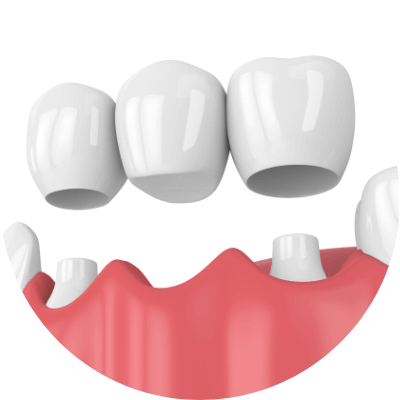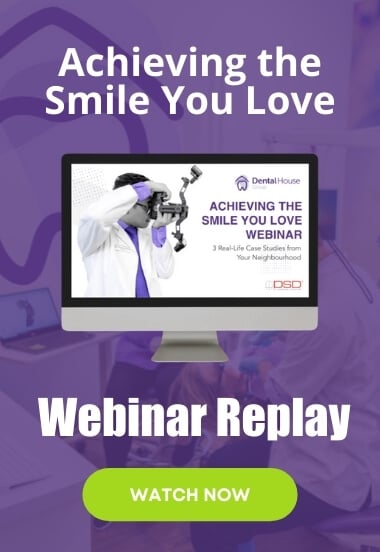We Know About Smart Phones … But Smart Teeth?
We Know About Smart Phones … But Smart Teeth?

Tooth enamel is the hardest substance in the human body.
This incredible substance is tough enough to resist dents, and elastic enough to not to crack over decades of chewing, grinding, tearing and gnashing. And like a brilliant band, it’s also notoriously difficult to artificially replicate. Just take an elevator or be on hold to a multinational corporation to confirm that.
Natural enamel has the challenging and relentless job of protecting the teeth; not only from the wear and tear of the mechanics of eating and speaking, but from acidic foods, drinks, and harmful bacteria.
Hopefully, you have the same set of teeth for more than sixty years. That’s an enormous chemical and mechanical stress.
Maybe that’s why a 1962 Ferrari 250 GTO is worth more than $48 million…
Curiously, with all its complex properties and durability, enamel isn’t living tissue. So unlike bone, it doesn’t regenerate.
Throughout history, decayed, damaged and missing teeth have been restored with anything from beeswax to bone, gold foil to contemporary ceramics. Repairing enamel has always been elusive. Marred enamel erodes, giving rough, irregular and jagged tooth edges. It also exposes more dentin – teeth are not only more susceptible to cavities, they can appear a yellowed and stained.
There have always been limited techniques in reinstating the lost defences and aesthetics of impaired enamel. It certainly depends on the severity. Minimal to mild erosion can be strengthened via improved and diligent oral hygiene, fluoride treatments and toothpastes, and increased vitamin and calcium intake. Anything more severe has only bonding, crowns or veneers as options.
That’s about it.
As a material, enamel is nature’s crowning glory. The challenge in replicating it is its structure – a composition of approximately 96% inorganic apatite crystal and 4% organic material and water. It’s a highly mineralised tissue that has been shaped by natural selection for its abrasion-resistance. These enamel apatite crystals are packed together as parallel, alternating crystallite enamel rods and inter-rods.
Thickness varies on the dental crown, being about 2.5 mm at its thickest on the surface that touches the cheek, and thinner toward the gum-line. Enamel is translucent with variable colour from yellowish, to greyish white.
Try mimicking that.
Attempts to construct artificial enamels have been stymied by all those different levels of orderly arrangement. Peptides have been tried – those short chains of amino acids cells use to build proteins – to guide those crystallite rods, but the complex structure needed to create both hardness and elasticity has been impossible.
Until now.

This coating is the secret to resilient artificial enamel: it makes the wires unlikely to break, because it absorbs any powerful pressure or shock. Although the wires in natural enamel feature a magnesium-rich coating, the replicated version has been upgraded to zirconium oxide – extremely strong, and non-toxic.
The result was a chunk of enamel-like substance that can be cut with a diamond-tipped saw.
This re-designed enamel is even tougher and more resilient than the real thing. For functional biomimicry, you don’t have to exactly reproduce what nature does.
There has long been interest in generating artificial enamel because half the world population have issues with tooth enamel; it plays an enormous role in quality of life.
This inspiring new material isn’t quite ready for the dentist chair. It has to be affordable, mass producible, and clinically tested for safety and efficacy. Still, it’s a clear leap forward with potential even beyond tooth repair.
Researchers envision the material being used to build better and longer-lasting pacemakers, and to reinforce crumbling bone in those with severe osteoporosis. It could even be modified to create a ‘smart tooth’ – a prosthetic with sensors that sync to a smartphone. This future device could monitor a person’s breath and mouth bacteria that would give practitioners the ability to identify diseases and conditions even before a patient shows symptoms.
That would be a sweet tooth.
DISCLAIMER:
The content has been made available for informational and educational purposes only. New Gisborne Dental House does not make any representation or warranties with respect to the accuracy, applicability, fitness, or completeness of the content.
The content is not intended to be a substitute for professional personal diagnosis or treatment. Always seek the advice of your dentist or another qualified health provider with any questions you may have regarding a dental or medical condition. Never disregard professional advice or delay seeking it because of something you have read or seen on the Site.














